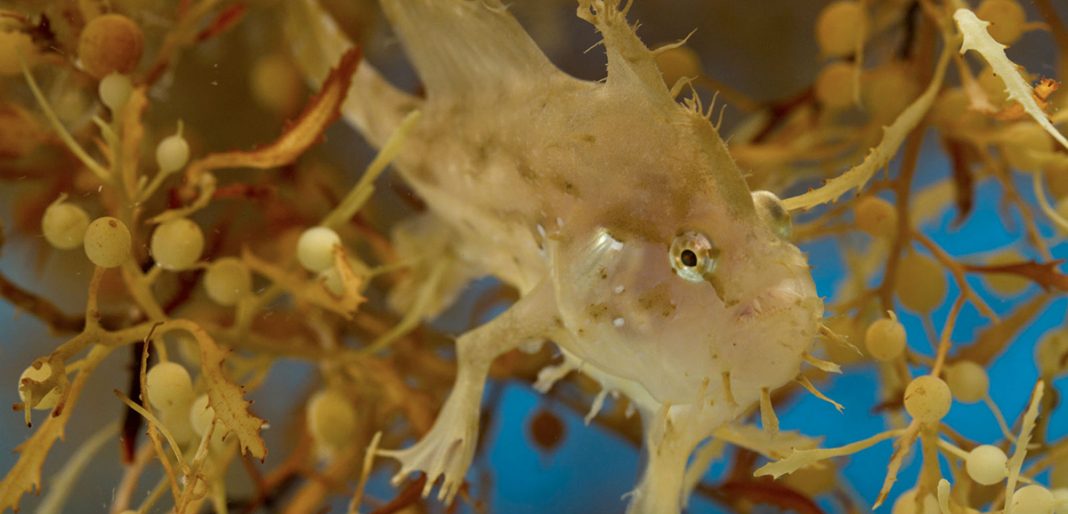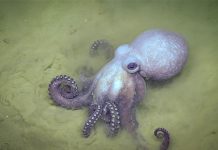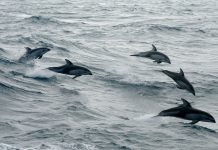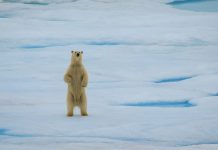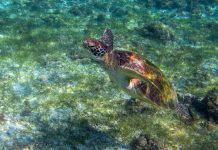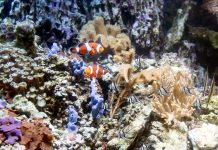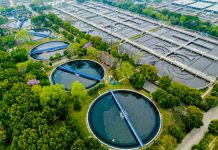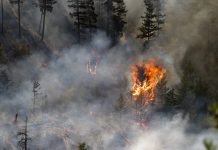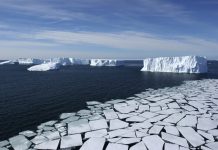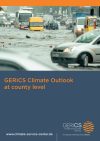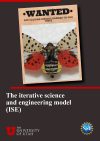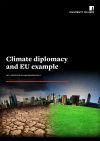Dr David Freestone and Professor Howard Roe explore how the Sargasso Sea Commission could be a new paradigm for high seas conservation
A place of legend, but also a fundamental part of the ocean, the Sargasso Sea encompasses two million square miles in the subtropical North Atlantic Ocean, enclosed by rotating currents. The only sea without land boundaries, its importance derives from its interdependent mix of its role in global scale ocean and earth system processes, its socioeconomic values and its role in scientific research.
Two species of Sargassum give the Sea its name. Trapped within the rotating current system and dubbed the golden floating rain forest of the Atlantic Ocean, Sargassum rafts host specialised communities of animals and provide nursery and feeding areas for many endangered and endemic species. Sargassum provides rare open ocean shelter for spawning fish including billfish, tuna, and marlin and young turtles spend their “lost years” sheltered in the mats.
The Sargasso Sea also acts as a crossroads in the North Atlantic for a number of iconic migratory species. Humpback whales migrate annually between the Caribbean and sub-Arctic, and Porbeagle sharks use the area to give birth, but the most mysterious ocean migrants are the endangered European and American eels. Both species live for many years in freshwater before migrating thousands of kilometres to the Sargasso Sea to spawn and die. Their larvae return to the rivers, develop into adults, and migrate back across the Atlantic.
Many aspects of this extraordinary life cycle remain unknown, but recent research identifies their spawning areas within the southern Sargasso Sea. Declining populations of both species in recent years with resulting losses to multi-million-pound coastal fisheries -the Sargasso Sea is vital for the survival of both the eels and the commercial fisheries outside the area.
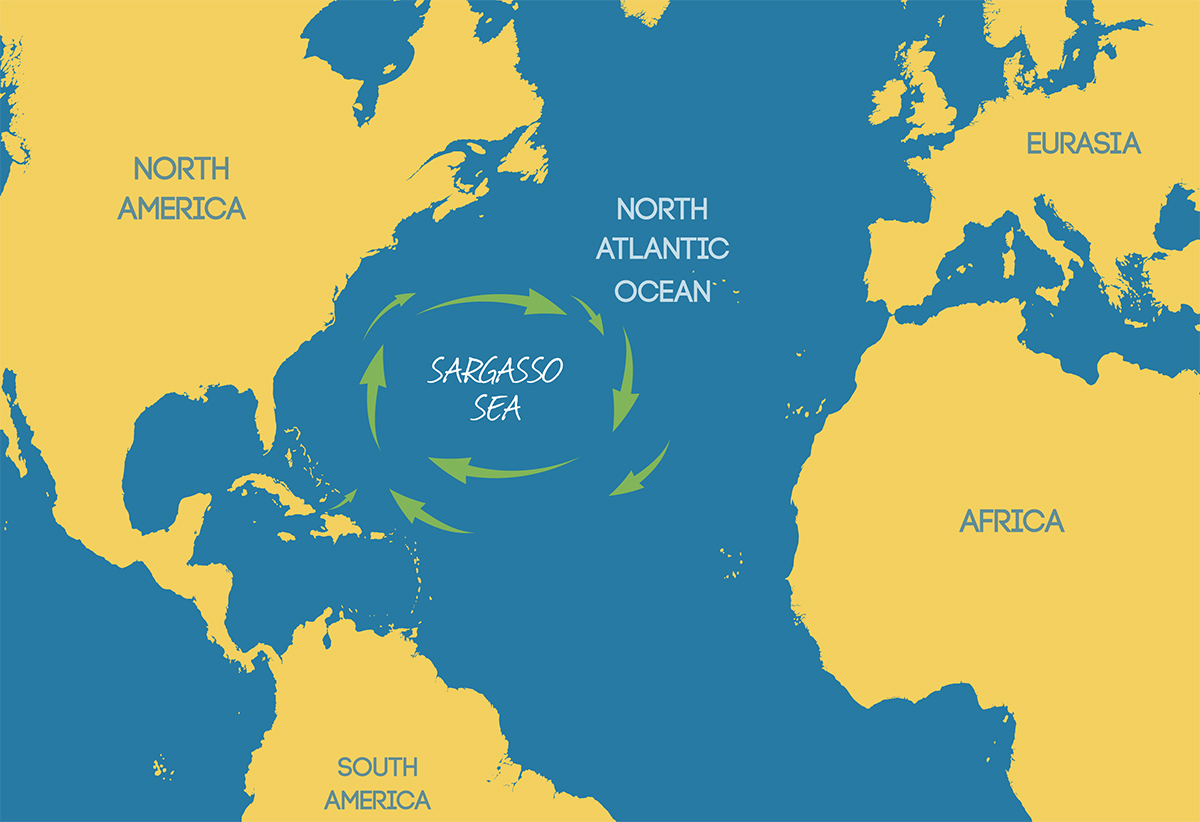
It is not only eels that are commercially valuable. The Sargasso Sea contributes significantly to global and local economies. The economic value of the Sargasso Sea, which some estimate as millions of pounds, contributes to global and local economies by connections to various fisheries, whale watching, turtle tourism, and the benefits of coral reefs surrounding Bermuda, as well as indirect benefits such as climate regulation, nutrient cycling and habitat services.
The Sargasso Sea is hugely important for our understanding of the role of the oceans in climate change. The Bermuda Institute of Ocean Sciences hosts the longest running time series of open ocean measurements which show rising temperatures and increasing acidification of the ocean since 1954. These data provide indisputable evidence of global warming and ocean acidification, and continue to deepen our understanding of the ways the global ocean works and responds to change.
Climate change alters ocean structure and ecology, which threatens the Sargasso Sea. Plastic waste may end up in ocean gyres, the rotating current systems which include the Sargasso Sea. There is evidence of increased fishing and shipping activity. Sargassum itself may also pose a threat! Since 2011, beaches in the Caribbean, West Africa and South America have been inundated with thousands of tons of Sargassum originating south of the Sargasso Sea.
The culprit is a previously rare form of Sargassum which has suddenly become abundant and may have ecological impacts as it is less attractive to commensal communities and feeding fish. The cause of its increased prevalence is unclear but likely involves nutrient run-off from rivers, dust from the Sahara, increased ocean warming and possible current changes. Currents carry the weed onto beaches, causing huge social and economic problems to local communities and to local ecology.
But the biggest challenge facing the Sargasso Sea is a legal one. The Sargasso Sea falls within the high seas-the 50% of the planet outside national jurisdiction. To address this challenge, five governments convened in 2014 to sign the Hamilton Declaration on Collaboration for the Conservation of the Sargasso Sea and to establish the Sargasso Sea Commission to act as a steward for this extraordinary area. Five more governments have since joined and others may follow.
The Sargasso Sea Commission is a new paradigm for the conservation of areas beyond national jurisdiction, convening stakeholders from multiple countries and organisations to address issues that fall outside national agendas. Parties to the Convention on Biological Diversity have agreed that the Sargasso Sea be included on a list of Ecologically or Biologically Significant Areas. Using this as a basis, in 2015 the Northwest Atlantic Fisheries Organisation declared a moratorium on bottom trawling on Sargasso Sea seamounts in its Area and gear restrictions on midwater trawling.
The Commission is working to protect the Sargasso Sea alongside a number of governments and partners, to protect the migratory range of the European Eel, to regulate vessel activities and to conserve threatened fishery resources. It is also working with NASA which is developing comprehensive satellite imagery of the area. Currently funded largely through support from government supporters and private donors, the Commission seeks additional funding to continue its important work.
Dr David Freestone
Professor Howard Roe
The Sargasso Sea Commission
Please note: This is a commercial profile
Editor's Recommended Articles
-
Must Read >> UK creates ‘Blue Belt’ of marine conservation zones
-
Must Read >> Map can protect one third of oceans by 2030



